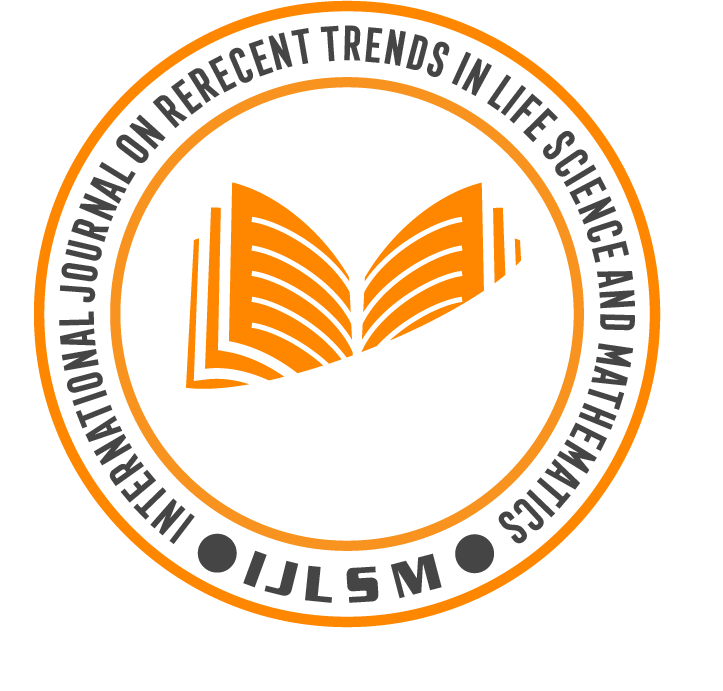Molecular Characterization of SipC and SopD Proteins Involved in Salmonella Pathogenicity Andinteraction Studies with Potential Inhibitors
Main Article Content
Abstract
Salmonella typhi succeeds in causing diseases like typhoid and paratyphoid in humans and animals. The risk of the diseases is based on food and water contamination that will increases the risk of morbidity and mortality. The proteins such as SipC a Salmonella effector known to nucleate actin helps in infection entry in to host cell and SopDEffector protein promote bacterial survival in host tissues and alter host cell physiology.There are several bacterial membrane proteins from outer, inner and secretary layer proteins may shows pathogenicity. The secretary protein is localized with bacterial membranes and causes several types of bacterial infections and component proteins and these proteins highly conserved in different pathological conditions. The SP1 component protein is highly involved in different signaling pathways which are potentially used as drug targets. In the present study identify and characterized signaling molecules interplay between bacteria and host cells; molecular interaction, sequence assembly and structural organization with secreted proteins need to understand. 3D structure of the two proteins SipC and SopD was generated using Phre2 and to design new lead molecules based on Pharmacodynamics and QSAR analysis to control the disease progression and pathogenicity.
Article Details
How to Cite
, A. C. H. S. M. G. A. P. K. P. (2015). Molecular Characterization of SipC and SopD Proteins Involved in Salmonella Pathogenicity Andinteraction Studies with Potential Inhibitors. International Journal on Recent Trends in Life Science and Mathematics, 2(4), 06–14. Retrieved from https://www.ijlsm.org/index.php/ijlsm/article/view/32
Section
Articles
